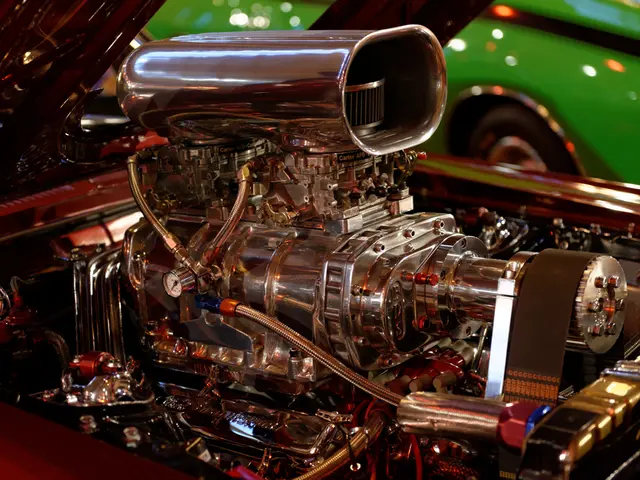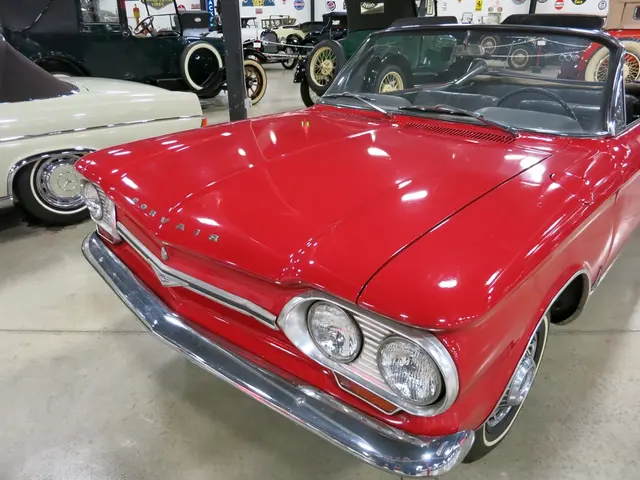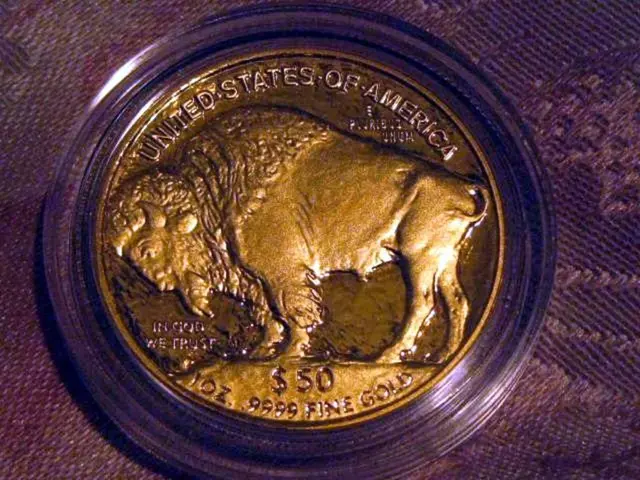Ford's Model T: The 1908 Game-Changer in Mass-Produced Cars
On October 1, 1908, Ford Motor Company, led by Henry Ford, introduced the Model T. This car was designed to be affordable for the average American, with an initial price of $825, equivalent to around $18,000 today. The Model T was a game-changer, marking the beginning of mass-produced automobiles and transforming American industry and mobility.
The Model T's success was built on several innovations. Ford focused on a single model, standardizing components for easier assembly and waste reduction. The car was constructed using heat-treated steel, making it lighter and stronger than many of its predecessors. Powered by a 22-horsepower, four-cylinder engine, the Model T could reach speeds up to 40 miles per hour.
In 1913, Ford revolutionized manufacturing with the introduction of the moving assembly line. This dramatically reduced production time for the Model T. At its peak, Ford was producing thousands of Model Ts per week, with over 15 million units built between 1908 and 1927. The Model T's popularity led to a shift in how people thought about transportation and catalyzed mass production techniques. Notably, the Model T could run on hemp-based fuel in addition to gasoline.
The last Model T rolled off the production line in 1927, concluding an era in American industry and mobility. Henry Ford's vision of affordable, mass-produced cars had been realized, forever changing the automotive landscape and paving the way for widespread car ownership.
Read also:
- Emergency services of the future revealed by Renault with the introduction of the Vision 4Rescue vehicle.
- Advanced Brabus Model Not Suitable for Inexperienced Drivers
- Latest Developments in Electric Vehicle, Battery, and Charging: IBM, Tervine, ACM, Clarios, Altris, 25M, Lion Electric, InductEV, EVgo, Toyota, EVCS, StoreDot, and REE Are in Focus
- Latest updates for July 31: Introduction of Ather 450S with expanded battery, unveiling of new Tesla dealership, and additional news








